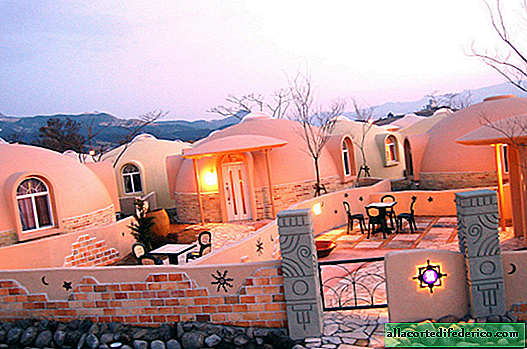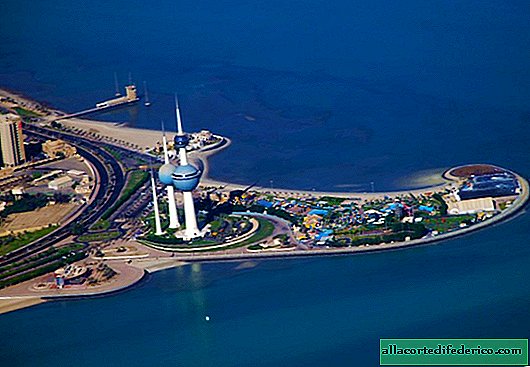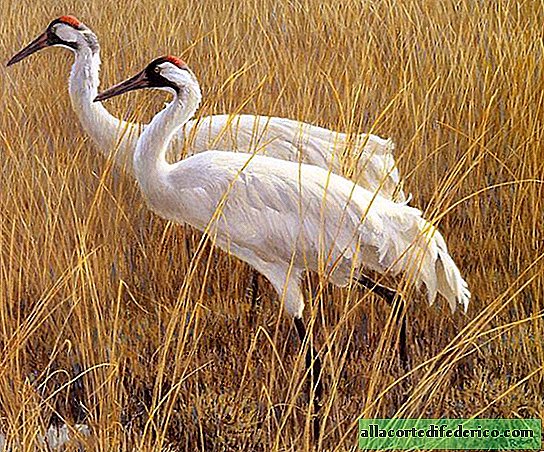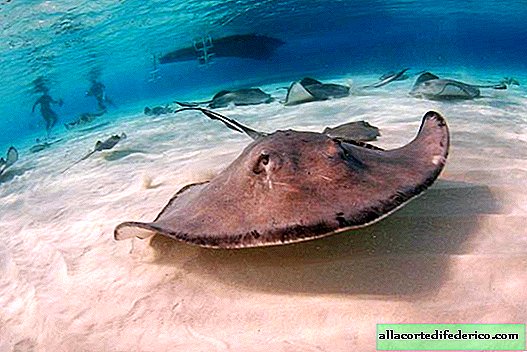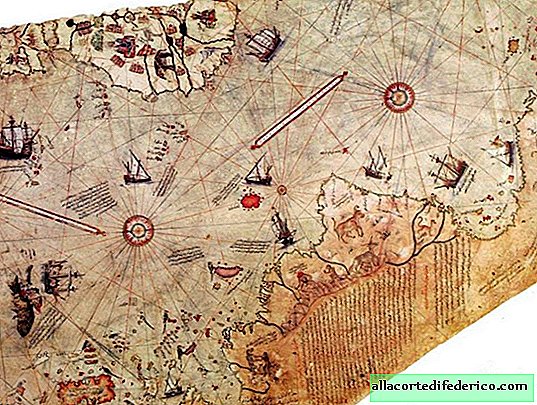Oymyakon: Canadian Yellowknife - the coldest city in North America
Oymyakon is known far beyond the borders of our country as the coldest place in Eurasia, where people constantly live. But North America also has its own "pole of cold" - this is Canadian Yellowknife, recognized as the coldest city on the continent.

Yellowknife is located on the shores of Great Slave Lake and is the administrative center of Canada’s Northwest Territories. In English, the name of the city Yellowknife translates as "yellow knife."

This is a fairly large city by northern standards, with about 20,000 people living in it. Yellowknife is not only the administrative, but also the economic center of the region.

The city arose in the 30s of the XX century as a center of industrial development of the region: a large gold deposit was discovered nearby. But the reserves of precious metal began to decline at the end of the last century, and the last mine in the city area was closed in 2004. Severe Canadians did not lose heart and switched to the extraction of other raw materials, no less profitable. Now the main place of work of the population are diamond mines. The extraction of gold and diamonds is perhaps the only thing that could lure people here, because life in Yellowknife is very difficult.

An icy wind is constantly blowing here, and the air temperature is far from comfortable, even by Canadian standards.

Summer is rainy, but moderately warm, and the maximum temperature even reaches + 25 ° С. But the winter in Yellowknife is harsh: the absolute minimum reaches -51 ° C, and autumn begins in August.

There are few high-rise buildings, the population, as a rule, lives in 2-4-story apartment buildings. Surprisingly, they look almost the same as in Russia.

Despite being the coldest city in North America, Yellowknife’s climate is warmer than Oymyakon’s. Here, for example, the main temperature indicators of two settlements for comparison:


Under identical, seemingly natural conditions, the climate of Eurasia is more continental and harsh than in North America. The same northern latitudes, remoteness from warm oceans and the polar night with the absence of sunlight for several months, but due to which then there is such a big difference?

It's all about the area of the continent itself. Eurasia is the largest continent on the planet, located in the northern latitudes. If the area of North America is 20 million square meters. km (together with the northern islands 24 million sq. km.), the area of Eurasia is twice as large - 54.3 million sq. km. km The larger the land area, the more the continental climate will prevail in this territory. This is especially noticeable in temperate latitudes. For example, if these are islands on the expanses of the oceans, then they will be dominated by a typical marine climate with a slight difference between winter and summer temperatures. The sea surface cools longer with the onset of cold weather and heats up more slowly with the arrival of heat, providing a more uniform temperature regime. This picture is observed on the Kuril Islands, the Japanese archipelago, on the island of Iceland or on Svalbard. And if these are large areas of land, such as continents, then the climate will be more severe not only when moving from south to north, but also when moving away from the sea inland. Moreover, the Arctic seas, covered with ice by the beginning of winter and located in regions with a polar night, are equal in terms of climatic parameters to land in this period.

It is for this reason that the climate of Canadian Yellowknife, located at a considerable distance from the seas, free from ice in winter, is the most severe in North America. Of course, he is far from his elder brother - Oymyakon, in which winter temperatures are much lower.




